“Imagine a microscopic web that spans the entire cosmos. An intergalactic ecosystem. An infinite number of roads leading everywhere.”
Astromycology is the study of aliens and to be more precise, alien molds also known in Latin as fungi. A scientist who specializes in this field of alien fungi is known as an astromycologist.
On the show Star Trek, the fictional astromycologist, Paul Stamets and his research partner Straal worked on the spore drive, a technology harnessing a mycelial network to travel vast distances in an instant.
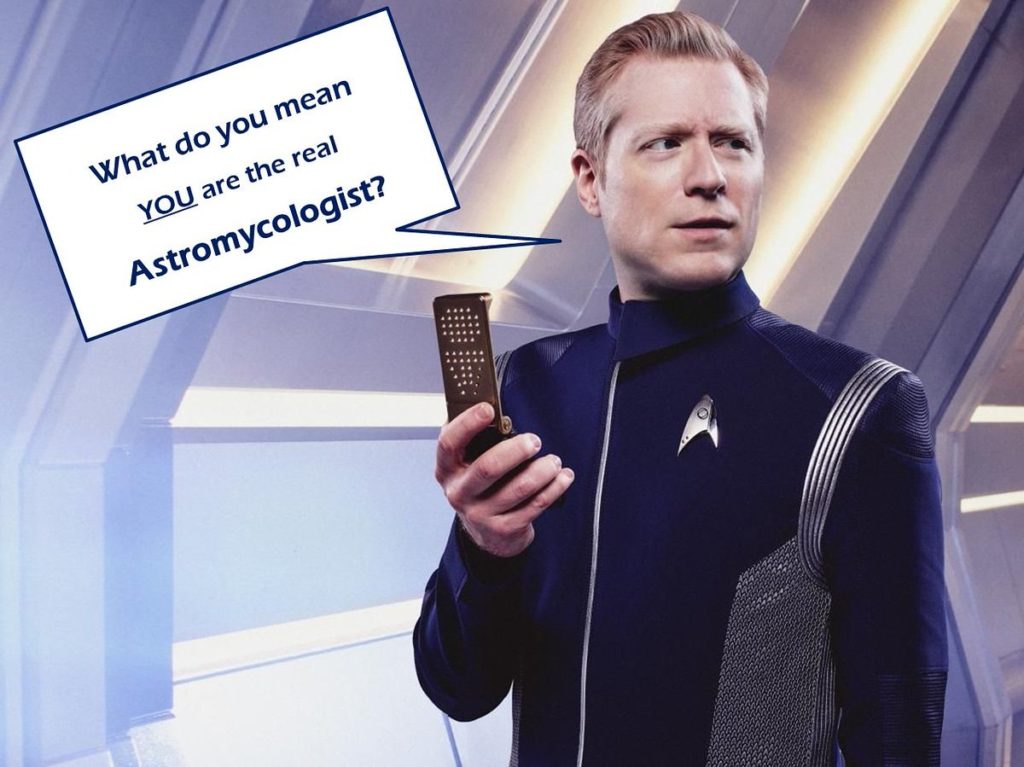
An article on The Harvard Business Review concludes a look into Astromycology as such;
“At home, molds are considered a pest growing in our bathrooms, wet corners of houses and in old refrigerators. In nature, it seems that mushrooms play an integral part in the cycle of nutrients breaking down lignin and other plant material.
Out in space, however, we are just beginning to learn about fungal presence.
Fungal interaction with gravity and radiation seem to come right out of a science-fiction novel, but their implication as a nutritional and yet destructive entity is real.
People have looked for extra-terrestrial life for generations, and it seems that only now are we noticing the most interesting, important and fuzzy aliens so far.”
Molds have been found in outer space and also growing on and in on both U.S. and Russian space ships.
I have reported that scientists found molds at 33,000 feet in the air. A team of scientists from the Georgia Institute of Technology discovered billions of tiny organisms flying six miles above Earth’s surface in a NASA jet plane and pumped outside air through a filter to collect particles.
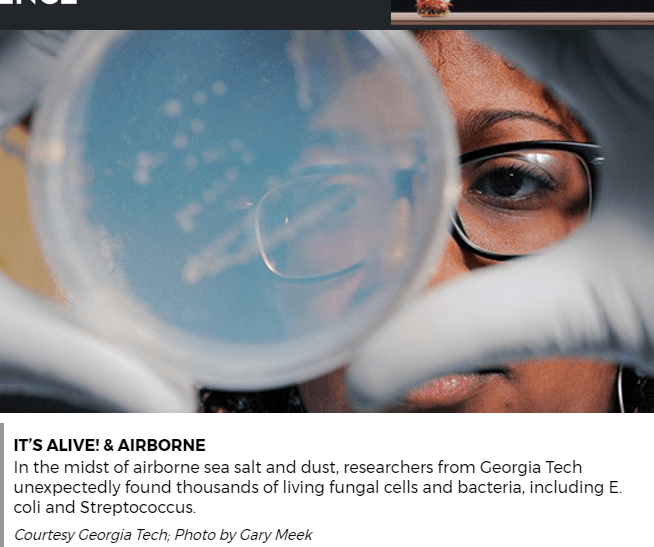
In 2016, a team of NASA scientists theorized that molds could survive on Mars.
They proposed this after they exposed two species of fungi that live in the Antarticto Martian-like conditions for 18 months.
To their amazement, 60% of the molds, Cryomyces antarcticus and Cryomyces minteri survived their experiment.
“Fungi are extremophiles that can survive harsh conditions and environments like deserts, caves, or nuclear accident sites, and they are known to be difficult to eradicate from other environments including indoor and outdoor space,” study co-author and NASA Jet Propulsion Laboratory scientist Kasthuri Venkateswaran, Ph.D., said in a statement.
In July 2017, NASA scientists discovered that certain kinds of fungi can colonize the human body and increase in number while humans live in small, closed habitats like the International Space Station.
The meaning of alien is from the Latin word alienus, meaning ‘belonging to another’, from alius ‘other’.
As time went on and we human fungi with two legs and a mind began to leave our race specific microbiome lands to travel and or should I say invade other people’s lands we became known as foreigners.
In modern media times, an alien represents primarily a foreigner, especially one who is not a naturalized citizen of the country where they are living or an alien can also be a plant or animal species originally introduced from another country and later naturalized.
Aliens in today’s pop culture are referred to as a type extraterrestrial entity who travels from outer space in some special aircraft known as a spaceship or UFO.
Still, no truly credible evidence of alien type creatures visiting in UFOs as of yet.
will the real Paul Stamets please stand up…
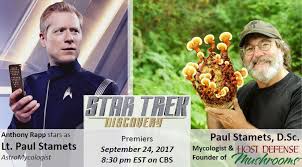
2 FunGuys both named Paul Stamets #startrek #ltstamets #fungi #stamets pic.twitter.com/b3LYBTk5PL
— Paul Stamets (@PaulStamets) September 25, 2017

Moe is the founder of GnosticWarrior.com. He is a father, husband, author, martial arts black belt, and an expert in Gnosticism, the occult, and esotericism.


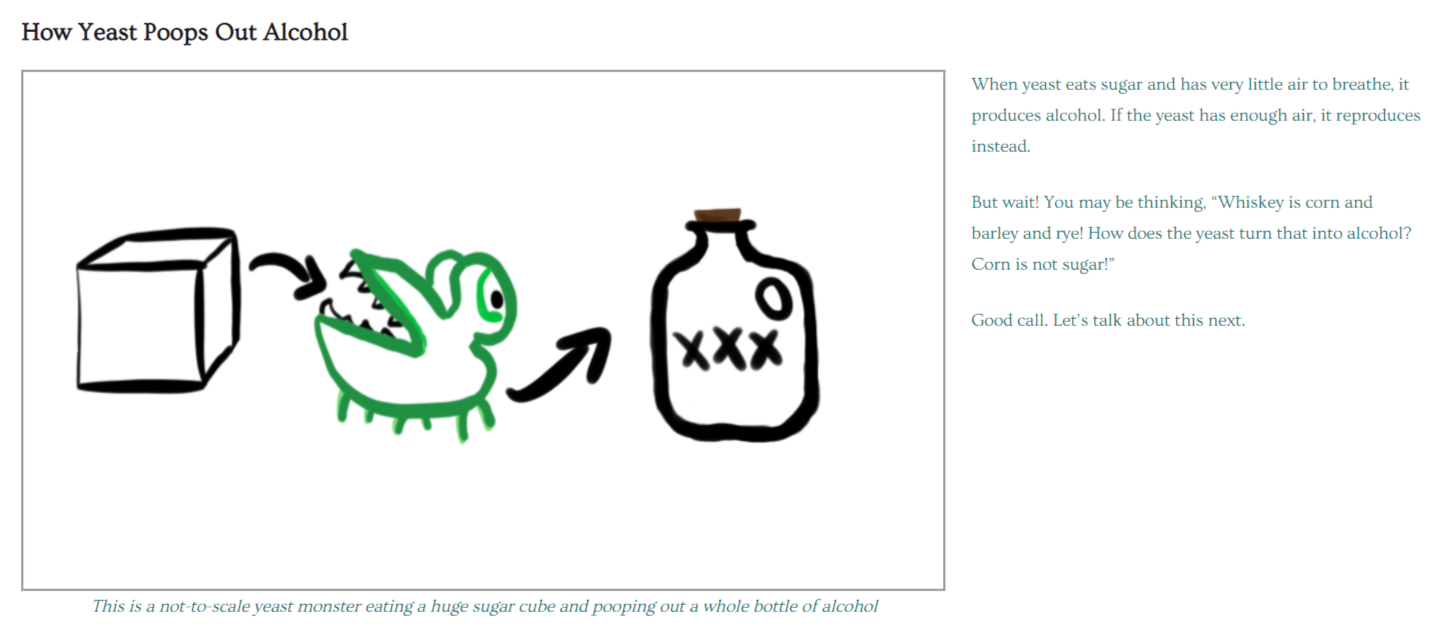
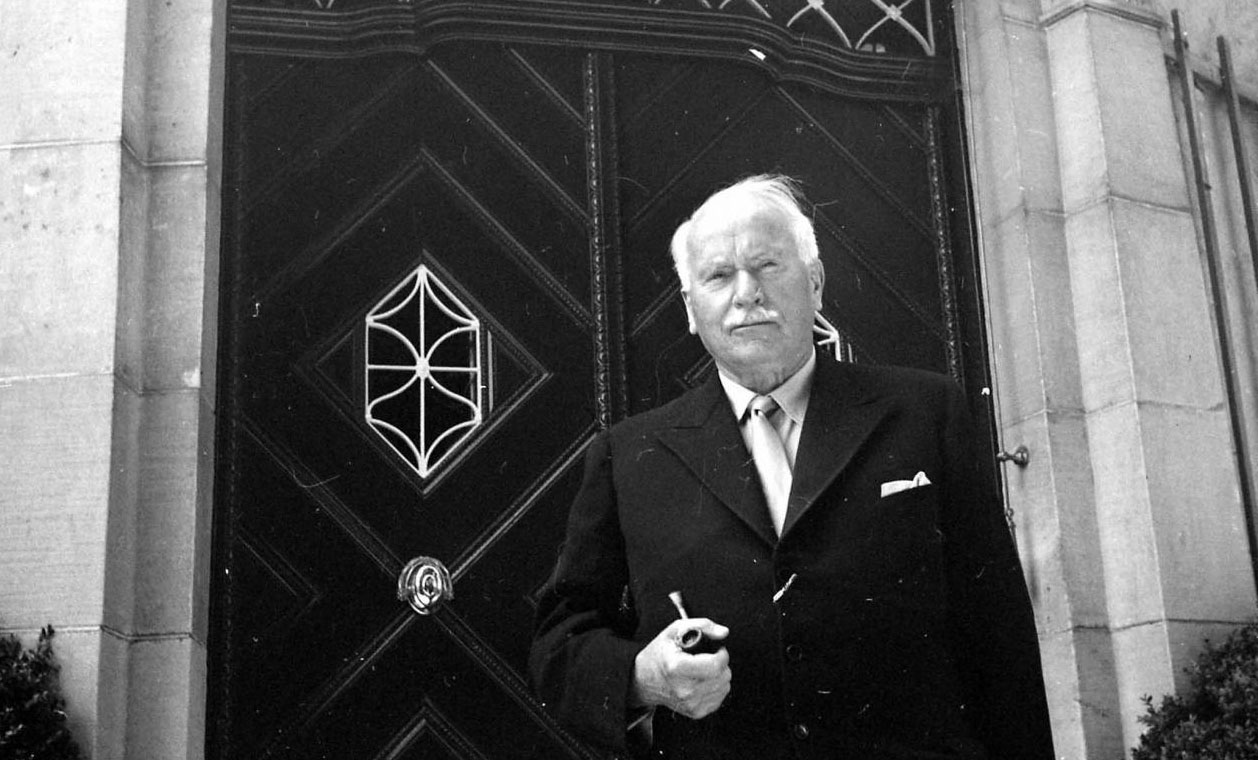


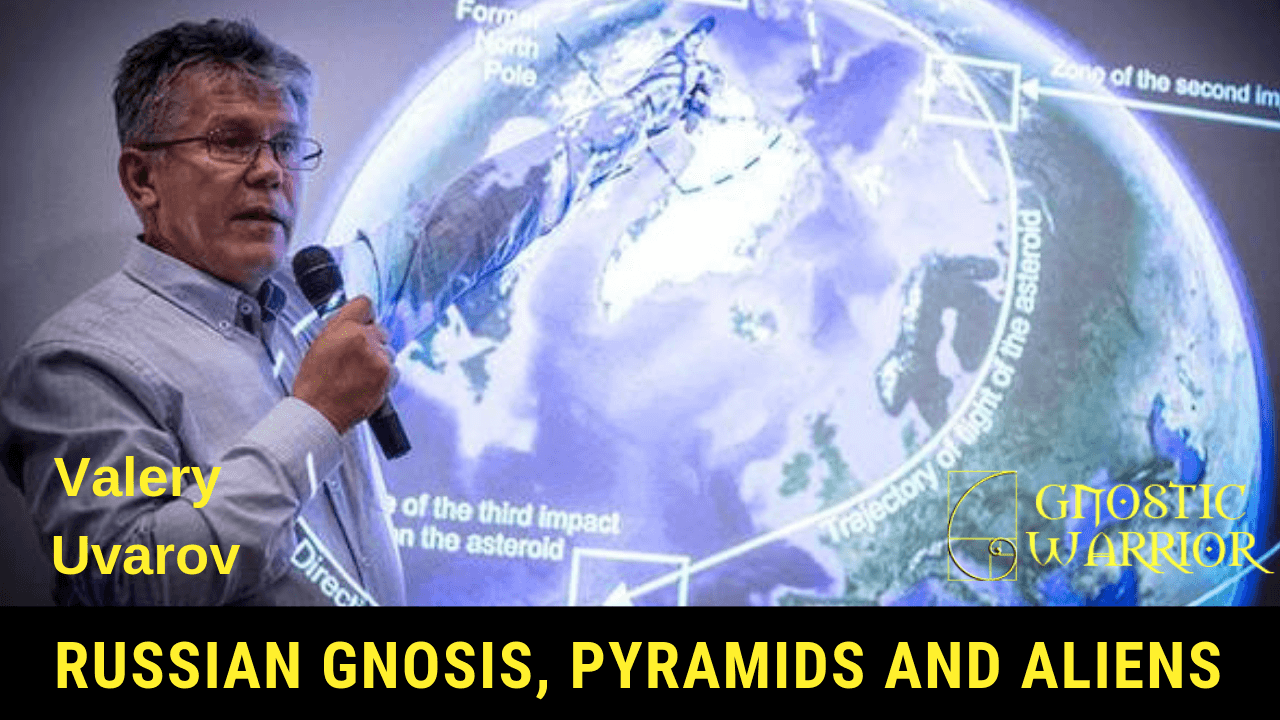
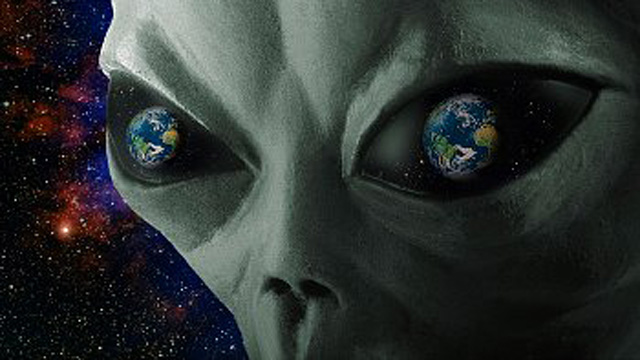
I think you should expand your understanding about biology, enzymes and fungi in this 3d plane we live in.
https://www.youtube.com/watch?v=igJWPa8anbw
Also, the reason that we are prone to get ill much more the last 50 years, from molds, pollens and other environmental conditions, is because our immune system is compromised as it has been attacked from the pollution in our air, water and food and we are biologically in constant fight, flight and freeze mode, that translated in physical mental and emotional diseases.
Check out NAET for finding help for your son.